Although the ongoing COVID-19 pandemic has pretty much put a stop to 'business as usual', there's no harm in planning ahead for your next trip, and if you end up in Kraków, whether you have a day, a week or longer, our list of the best things to see and do in Kraków will ensure you don't miss out on some of the city's top attractions! Let's begin...
Main Market Square
Kraków’s main market square ('Rynek Główny') serves as the city’s gravitational centre as the heart of the Old Town and is the natural start and finish point for any tour of the city. Originally designed in 1257 - the year Kraków was awarded its charter – the grid-like layout of the Old Town and its central square has changed little in the years that have followed. Measuring 200 metres squared (40,000 square metres), the Rynek ranks as one of the largest medieval squares in Europe, and is surrounded by elegant townhouses, all with their own unique names, histories and curiosities. Through the centuries it was in Kraków’s Rynek that homage to the king was sworn and public executions held. Most famously it was here that Tadeusz Kościuszko roused the locals to revolt against foreign rule in 1794. The Rynek has always been the natural stage for public celebrations, with everything from parades of sausage dogs to Christmas crib competitions taking place. Taking centre stage is the Cloth Hall (Sukiennice). Built in the 14th century this huge hall was effectively the first shopping mall in the world. To this day it is still crammed with merchant stalls selling amber, lace, woodwork and assorted tourist tat.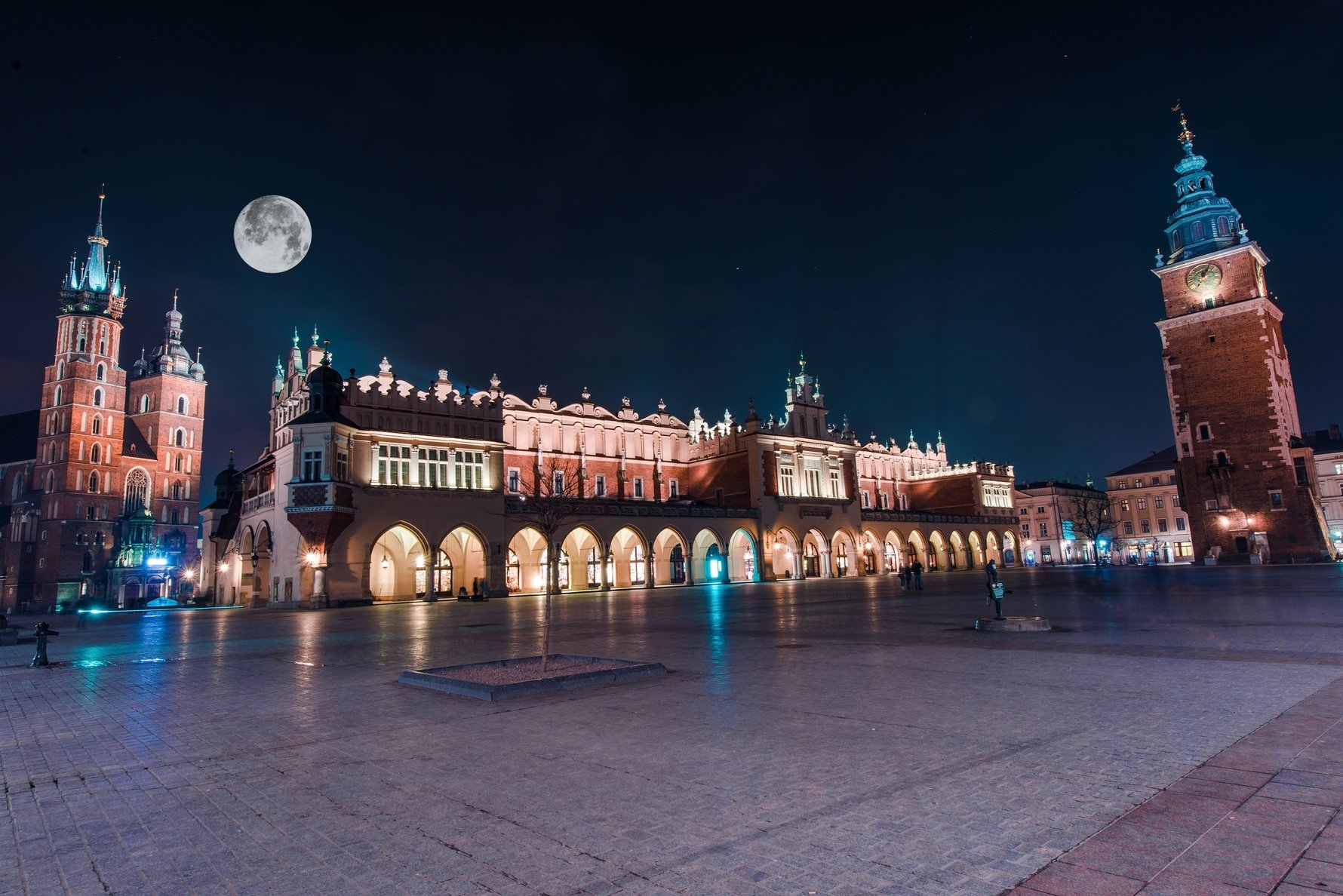
Directly next to the Sukiennice stands Poland’s most eminent scribe: Adam Mickiewicz. Ironically, the bard never visited the city until after his death when his remains were transferred to the Wawel Cathedral crypt, but this hasn’t stopped the statue from becoming one of Kraków’s best loved monuments. Across from Mickiewicz looms the magnificent St. Mary’s Basilica, its crowning glory being Veit Stoss’ altarpiece - don't miss the famous bugle call played from the tower of St. Mary's every hour, on the hour - one of Kraków's most charming and famous traditions.
On the square’s other side is the 70 metre Town Hall Tower, the only element of the 14th century Town Hall remaining after many fires, renovations and uncaring demolitions - it even leans to one side by 55cm! From March until the end of December visitors can ascend up lots of stairs to the 3rd floor through Gothic vaulted rooms which contain, amongst other things, 1960s photographs of Kraków and rather underwhelming views to the west and south.
Wawel Royal Castle
Wawel’s prominence as a centre of political power predates the building of the first Cathedral on the site in 1000AD. Evidence shows that Wawel Hill was being used as a fortified castle before Poland’s first ruler, Mieszko I (circa 962-992), chose Wawel as one of his official residences. The first Polish king crowned in Wawel Cathedral was the teenage Władysław the Short (1306-1333) on January 20, 1319, beginning a tradition that would see a further 35 royal rulers crowned there up until the 17th century. All of these rulers used the Castle as a residence, and all of them added their own architectural details to the building. The moving of the capital to Warsaw in 1596 and Poland’s subsequent decline and partitioning saw the Royal Castle fall into a state of disrepair. The occupying Austrians used it as a military hospital and even went so far as to demolish several buildings including a number of churches on the site. The 20th century saw the Castle change hands on a number of occasions, most famously when the Castle was used as the headquarters of the Nazi Governor General, Hans Frank, during the German occupation of WWII. Today’s Castle complex is a beguiling muddle of styles including Medieval, Romanesque, Renaissance, Gothic and Baroque. The inner courtyard with its delightful colonnades is a true architectural masterpiece, and the treasures contained within do much to contribute to Kraków’s rightful status as a truly world-class city.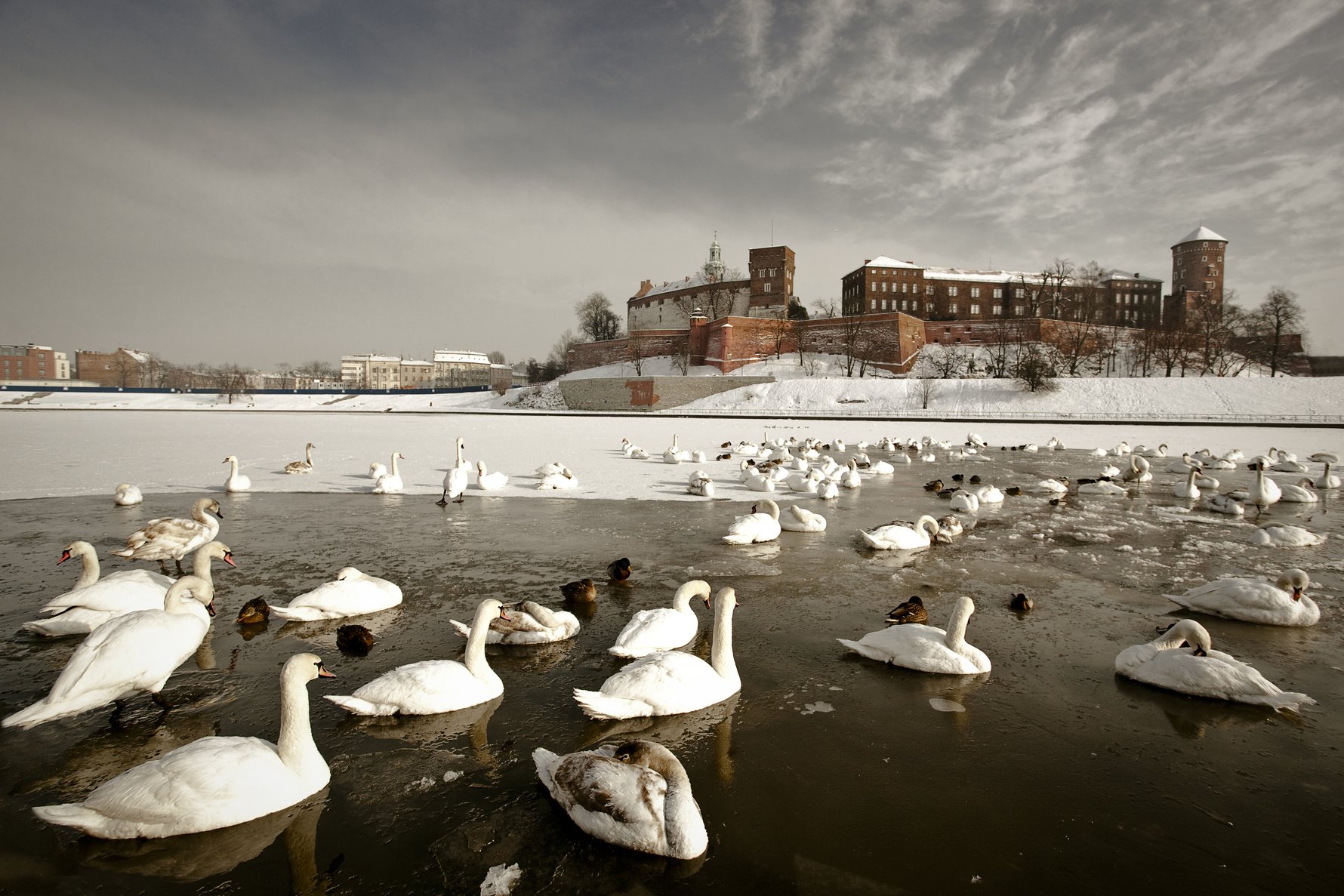
St. Mary's Basilica
After Tartar raids in the 13th century left the original church in a heap of ruins, St. Mary’s was rebuilt in Gothic style on the existing foundations and consecrated in 1320. In the early 15th century the towers took the iconic form they have today, when the northern tower was raised to 80m high and made into a watchtower for the city. It is from here that the hejnał mariacki - the city's famous bugle call - is played every hour on the hour. One of the city's most enduring traditions, the tune ironically breaks off mid-melody in honour of the mythical trumpeter who was shot in the neck while belatedly warning the city of Mongol invaders; don't miss it.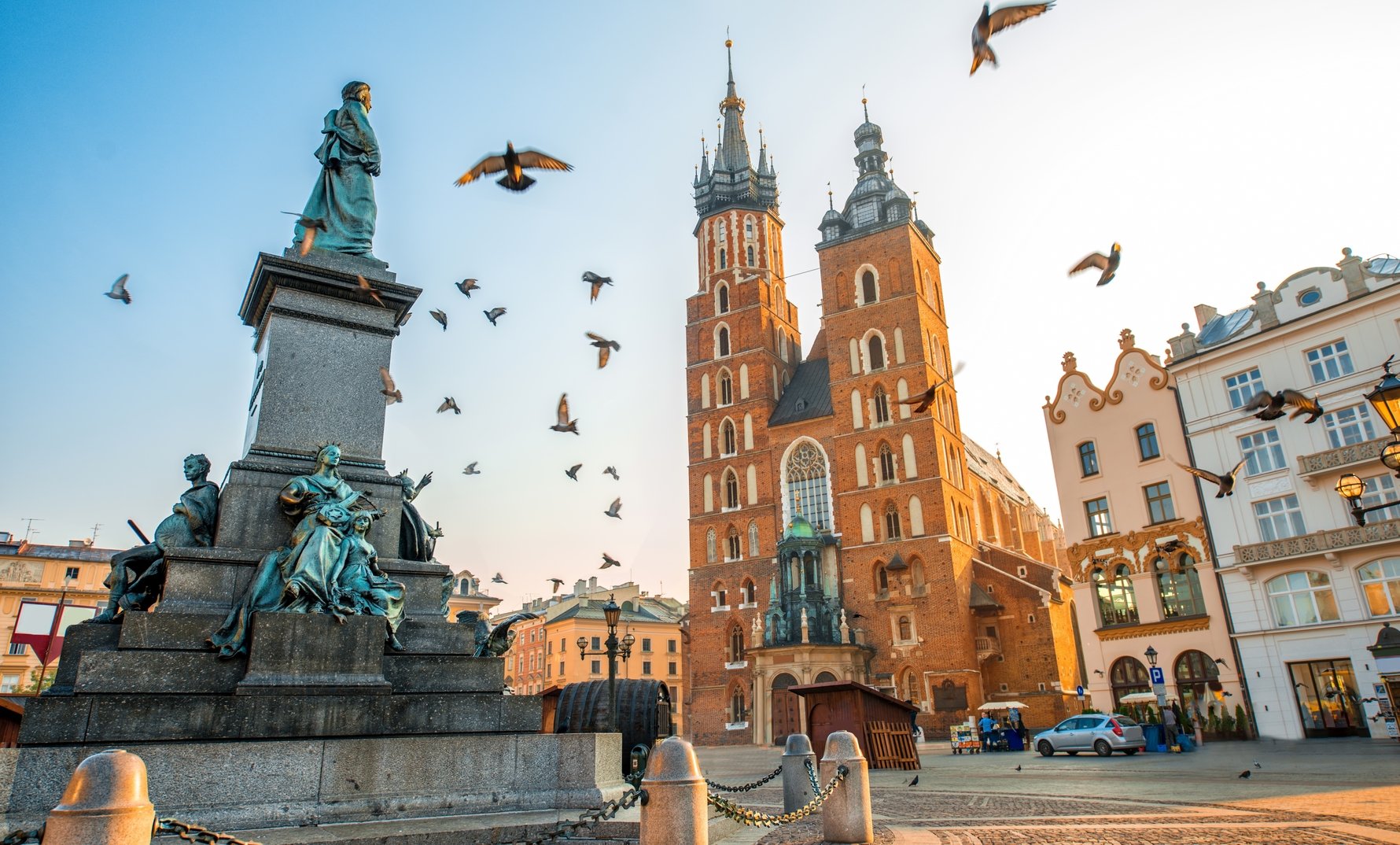
No matter how many times you see them - the altarpiece, stained glass windows of the nave, and the blue, starred ceiling on St. Mary's will take your breath away. The magnificent wooden altarpiece was the principal work of 15th century German artist Veit Stoss (aka Wit Stwosz) for 12 painstaking years, and depicts the Virgin Mary’s Quietus among the apostles. Surrounding the altar are polychrome paintings by Polish masters Matejko, Mehoffer and Wyspiański done in the late 19th century.
St. Francis Basilica
Kraków's most colourful church, and our personal favourite, thanks to the gorgeous Art Nouveau interiors by native son Stanisław Wyspiański, which nicely balance the organic and geometric with unique floral patterns. Wyspiański also made the eight stained-glass windows around 1895, including the controversial and iconic centrepiece, 'God the Father in the Act of Creation.' Dating back to the 13th century, St. Francis' Basilica was the first brick building in the city and is well worth popping in, even for those who could care less for looking at another church.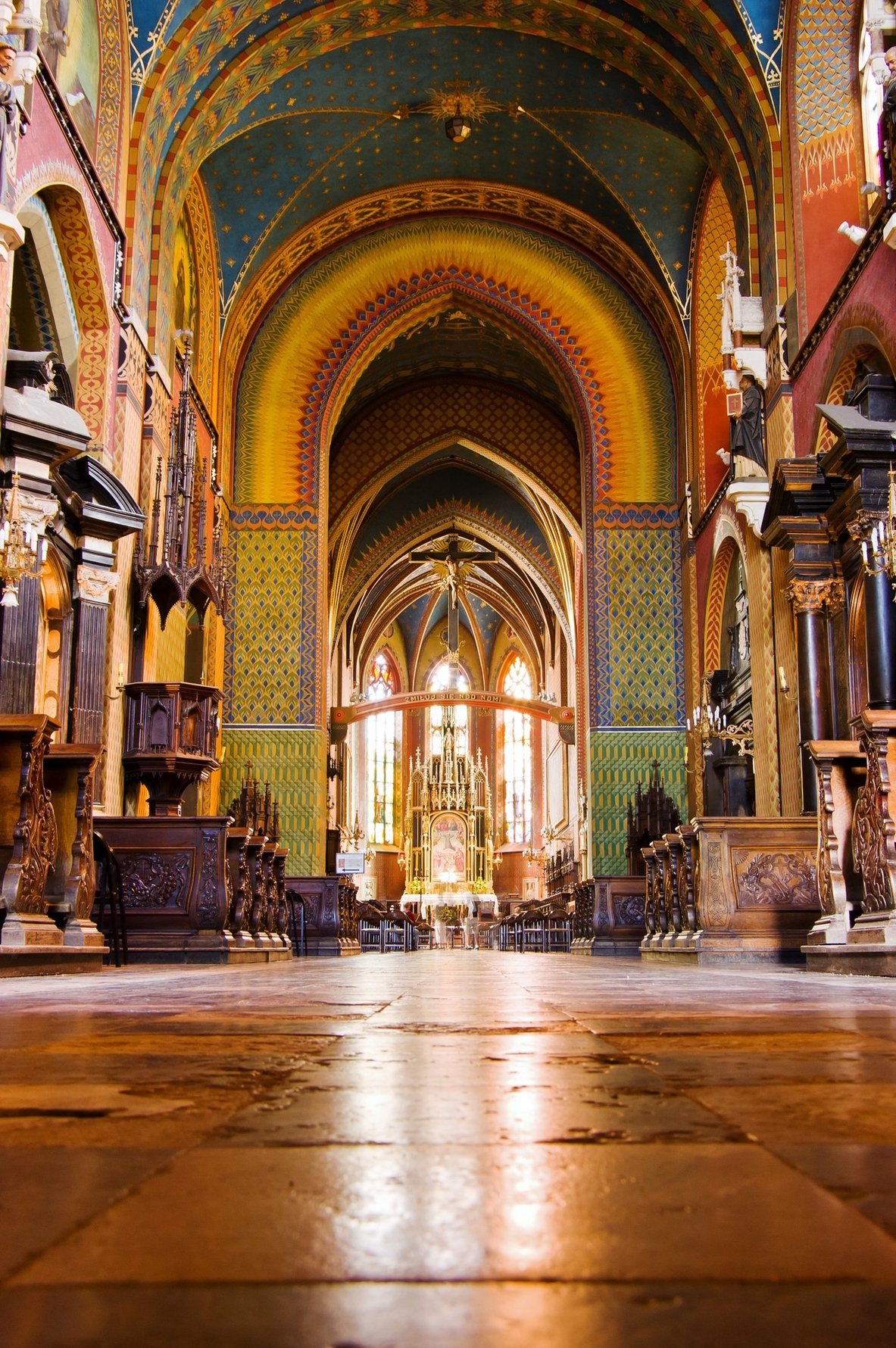
The Underground Museum
Opened in a blaze of publicity in September 2010, this hi-tech and highly popular museum takes visitors four metres under the surface of the market square to explore the recently excavated medieval merchant stalls that predate today’s Cloth Hall, and to experience the city’s entire history - from its first settlers right up to the death of Pope John Paul II – over the course of some 6,000 metres of multimedia exhibits.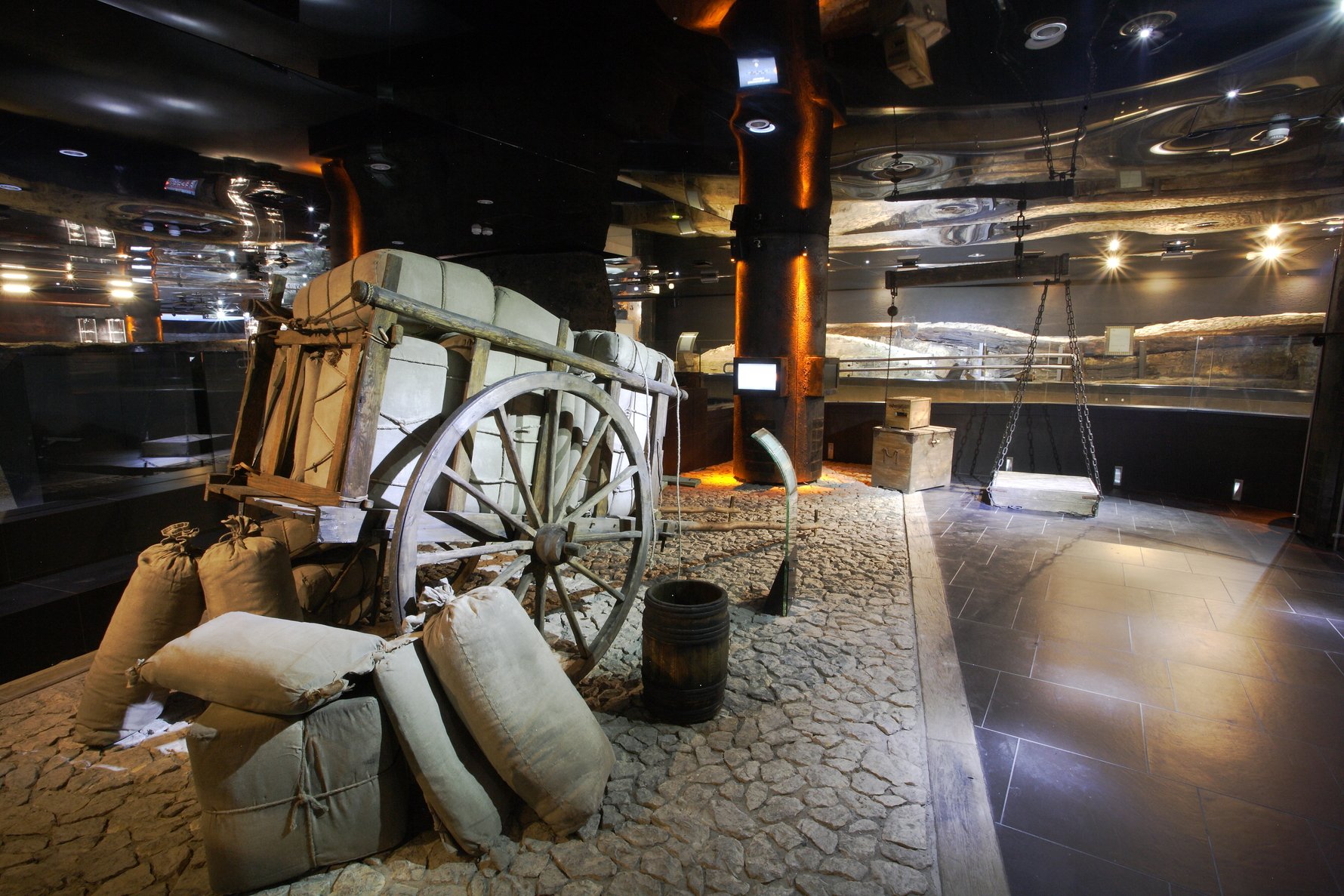
Highlights of the museum include a fascinating look into life before Kraków received its charter and the market square was laid out, displays on trade and transport in the city, a fantastic area for kids that includes a performance by automated puppets, and the remains of an 11th-century cemetery replete with 'vampire prevention burials' (seriously). Those more comfortable in traditional museums will be pleased to know there are still plenty of artefacts among the virtual exhibits, including the usual array of coins, clothing and other earthly remains.
Czartoryski Princes Museum
The Czartoryski Princes Museum was Kraków's most well-known and most-visited museum when it closed for renovations in 2010. Although much has changed in the city's cultural landscape in the decade since, including the acquisition of the famous Czartoryski collection by the Kraków National Museum in 2017, the legacy of the prestigious Czartoryski Museum still looms large. After years of careful preparation, restoration and modernisation, the Czartoryski Princes Museum finally reopened in December 2019.
Consisting primarily of paintings by European masters, portraits of Polish nobility, Polish historical documents and national memorabilia, Poland's oldest museum was originally founded by Princess Izabela Czartoryska in 1786 at the Czartoryski family estate in Puławy (eastern PL), which was under Russian occupation during the era of Partitions. In 1798, Izabela's son, Prince Adam Jerzy Czartoryski expounded upon her 'Temple of Memory' when he travelled to Italy and acquired many Roman antiquities for the museum, as well as two of its most treasured pieces, Leonardo da Vinci's beloved oil painting 'Lady With an Ermine' and Rafael's 'Portrait of a Young Man' - the latter of which has been missing since World War II.
Kazimierz
The district south of the Old Town between the Wisła River and ul. Dietla (where a tributary of the Wisła once flowed) was the centre of Jewish life in Kraków for over 500 years, before it was systematically destroyed during World War II. In the communist era it became one of Kraków’s dodgiest districts while gradually falling into disrepair. Rediscovered in the 1990s, thanks to the fall of the regime and worldwide exposure through the lens of Steven Spielberg, Kazimierz has rebounded and is today Kraków’s most exciting district – a bustling, bohemian neighbourhood packed with historical sites, atmospheric cafes and art galleries. Well-known for its associations with Schindler and Spielberg, traces of Kazimierz’s Jewish history have not only survived, but literally abound in the form of the district’s numerous synagogues and Jewish cemeteries. In fact, no other place conveys a sense of pre-war Jewish culture in Europe better than Kazimierz. As a result, the district has become a major tourist draw and pilgrimage site for Jews, which has led to the return of contemporary Jewish culture in the area.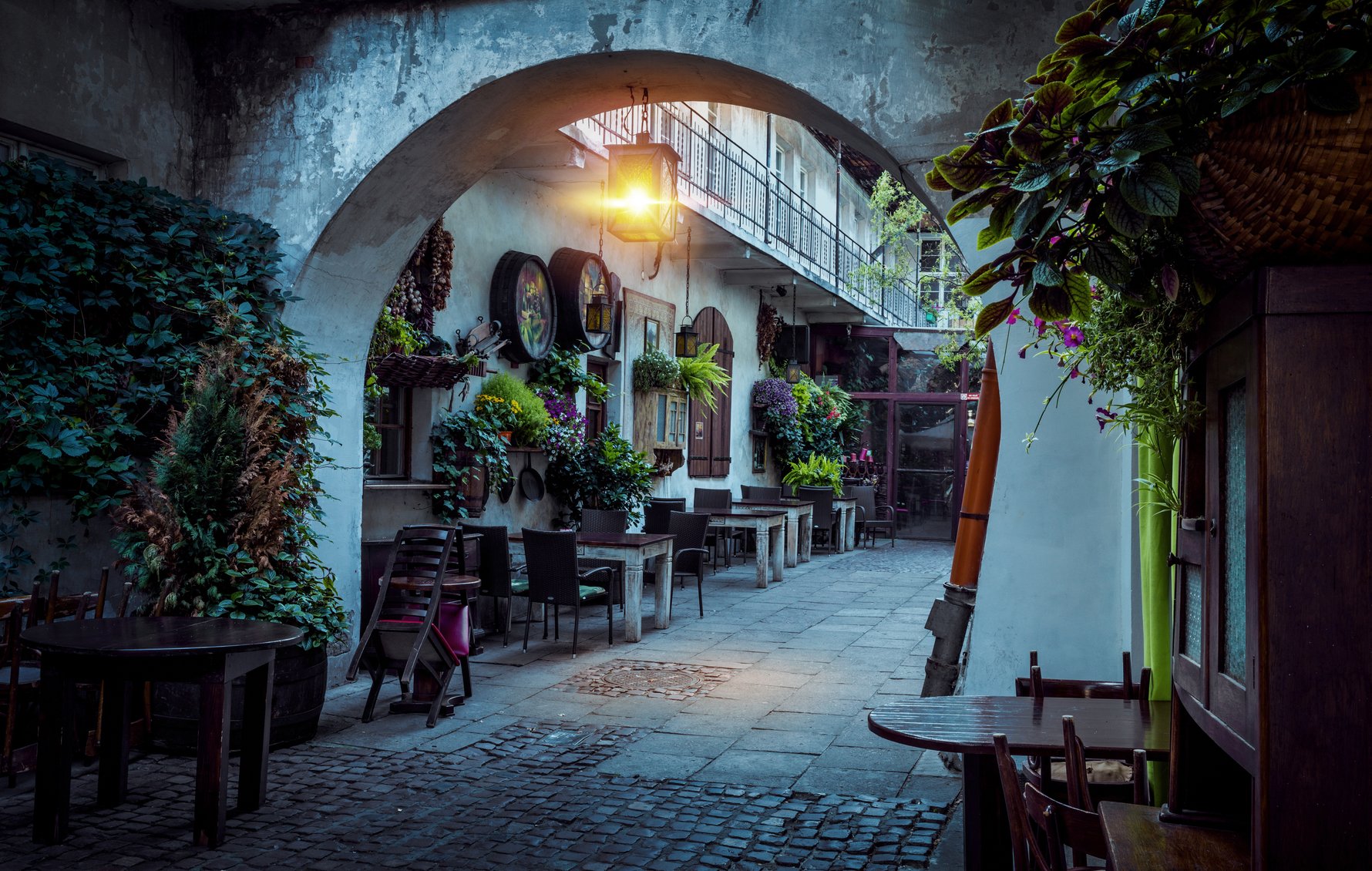
Podgórze
Just south across the river from Kazimierz, lies Podgórze - a large district of Kraków rich in natural beauty, tragic history and unusual attractions. The name 'Podgórze' means ‘foothills,’ and its unique geography makes it one of Krakow’s greenest districts and most exciting to explore, thanks to wooded hills and limestone cliffs that offer panoramic views over the city centre. It is this same sinister geography, however, which resulted in Podgórze being the site of the city’s greatest human tragedy. During World War II, the Nazis saw Podgórze's natural placement between the Wisła River and the cliffs of Krzemionki as the ideal place for establishing a prison district, and in March of 1941 Kraków’s Jewish population was marched into the centre of Old Podgórze (Stare Podgórze) and walled off in what became known as the Kraków Ghetto. Liquidated two years later, the majority of the Ghetto’s residents were murdered inside, while others met death in the nearby KL Płaszów concentration camp, or in the gas chambers of Auschwitz and Bełżec.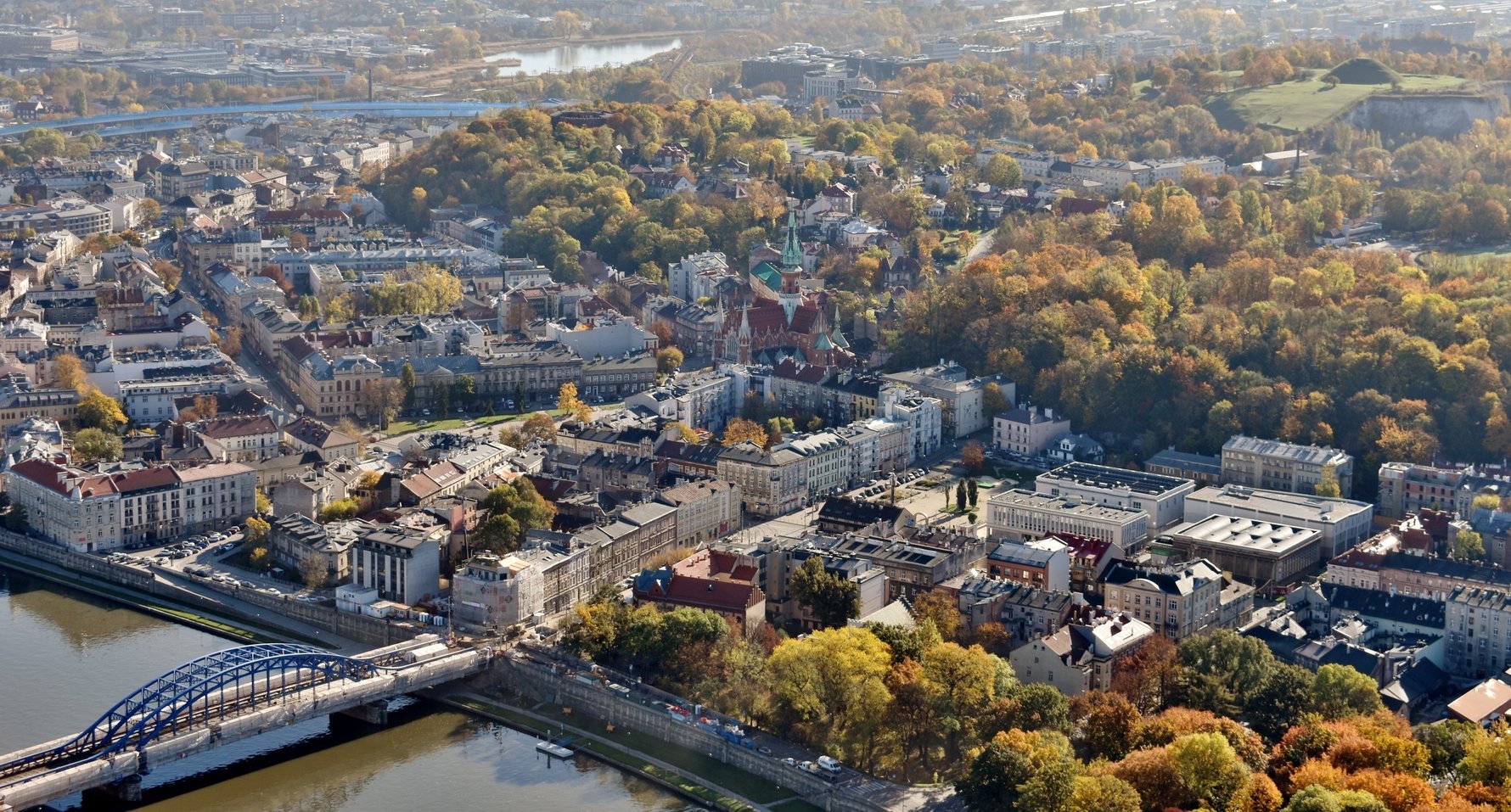
Traces of the Ghetto are still visible today, and Podgórze’s wartime history and 20th century connections to Oskar Schindler remain what people most associate with the district today. However, Podgórze has a long history which dates back over 10,000 years ago to the city’s founding myth. Legend explains Podgórze’s Krakus Mound as the burial place of the city’s first ruler, and scientific studies have proven it to be Kraków’s most ancient structure, dating back to the Iron Age. Although slow to develop in the years after the fall of communism, the opening of the world-class Schindler’s Factory Museum in 2010 not only helped the city come to terms with the ghosts of the Holocaust, it also established Podgórze as a bona fide destination for tourists. The construction of the Bernatek footbridge soon afterwards opened the floodgates even further, creating a direct link from Plac Wolnica (the town square of Kraków's Kazimierz district) to Rynek Podgórski (town square of Podgórze) and leading to a burst of cafes and restaurants on the Podgórze side of the river. Today Podgórze is accepted as an obligatory part of the Kraków tourist trail, but still retains an evocative atmosphere of anguish and independence that sets it apart from Kraków’s other neighbourhoods. To get the most out of a visit to the neighbourhood, make time to explore its mysterious, lesser-known landmarks in addition to its marquee museums.
Schindler's Factory
In 2010, the Oskar Schindler Enamelled Goods Factory (to give it its full name) re-opened to the public as a world-class museum. The story of Oskar Schindler and his employees is one which has been well-known since Steven Spielberg's film Schindler’s List (which was shot almost entirely in Kraków) brought it to audiences across the world in 1993, and while that story is covered in detail on the original site where many events took place, the museum actually casts the city of Kraków in the main role of its permanent exhibition titled, ‘Kraków During Nazi Occupation 1939-1945.’ Individual histories of Kraków’s wartime inhabitants guide visitors through the exhibit which covers the war of 1939, everyday life under occupation, the fate of the Jews, the city’s underground resistance and more, using vast archival documents, photos, radio and film recordings, period artefacts and dynamic multimedia installations. Other exhibits change regularly (currently about underground activities of the Polish Home Army), while a separate section of the original factory is reserved for film screenings, lectures and other cultural events, and another large part of the factory hosts MOCAK - Kraków's excellent contemporary art museum which opened in 2011. A must-visit, Schindler's Factory is one of the most fascinating museums in the entire country and we recommend you reserve at least two hours if you want to see everything.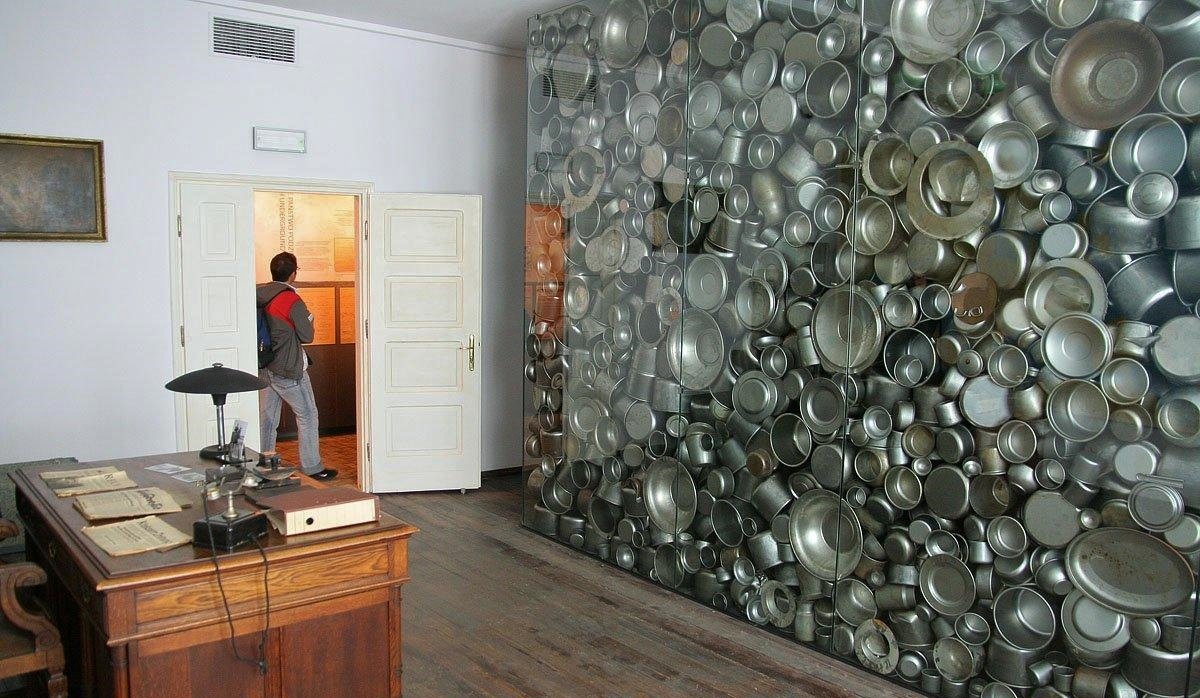
Nowa Huta
As intended, the colourless concrete conurbation of Kraków's Nowa Huta district is the direct antithesis of the city's Old Town. Ornate architecture, cobbled lanes and tourist crowds? Not here. One of only two entirely pre-planned socialist realism cities ever built (the other being Magnitogorsk in Russia’s Ural Mountains), this Orwellian encampment is one of the finest examples of deliberate social engineering in the world. For tourists, but also for Poles, a visit is akin to travelling back in time to the communist era in Poland. Be warned: if you live in or have visited Warsaw, you may be underwheldmed by the architectural experience, which just feels like parts of the capital's city centre!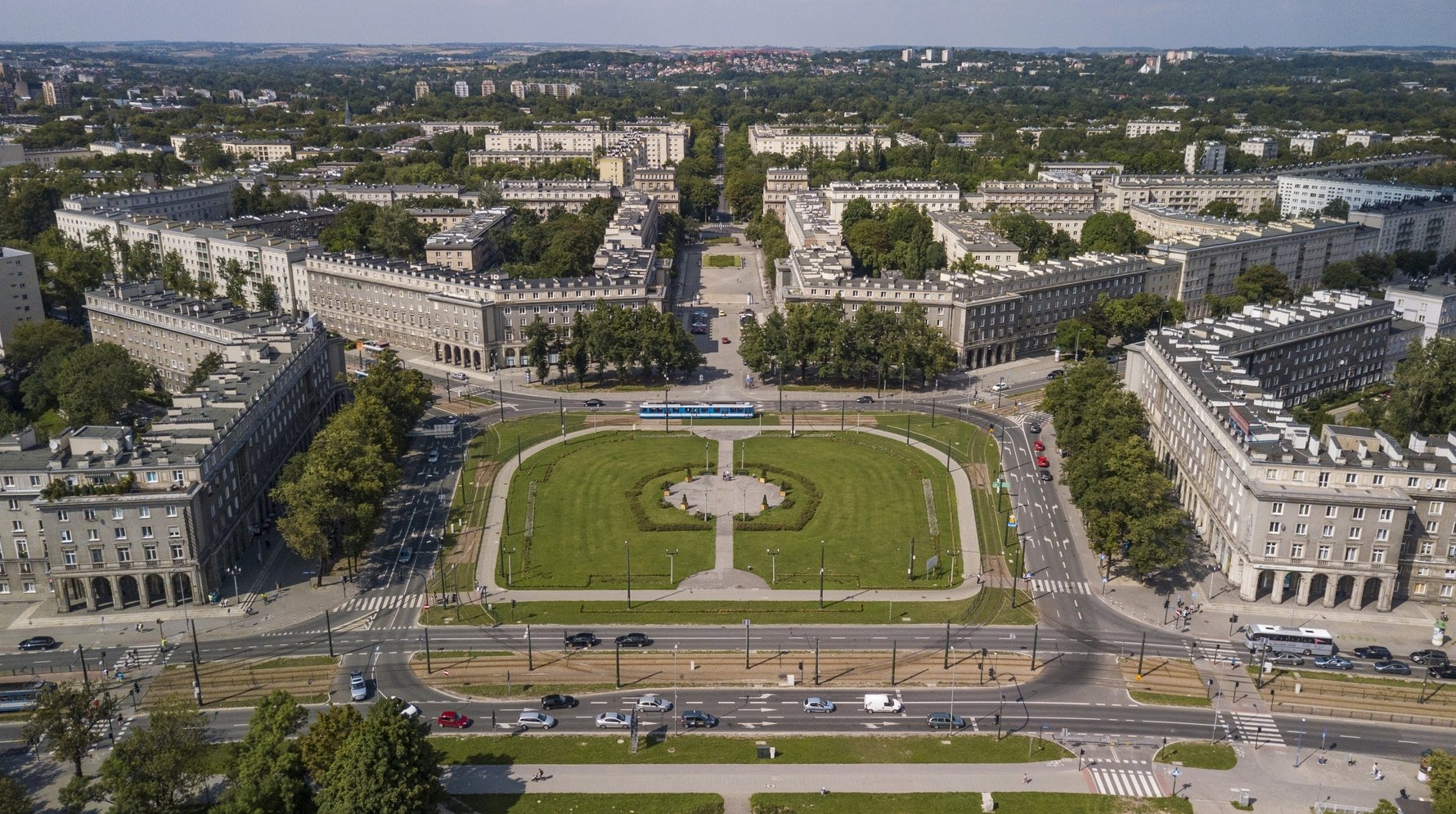


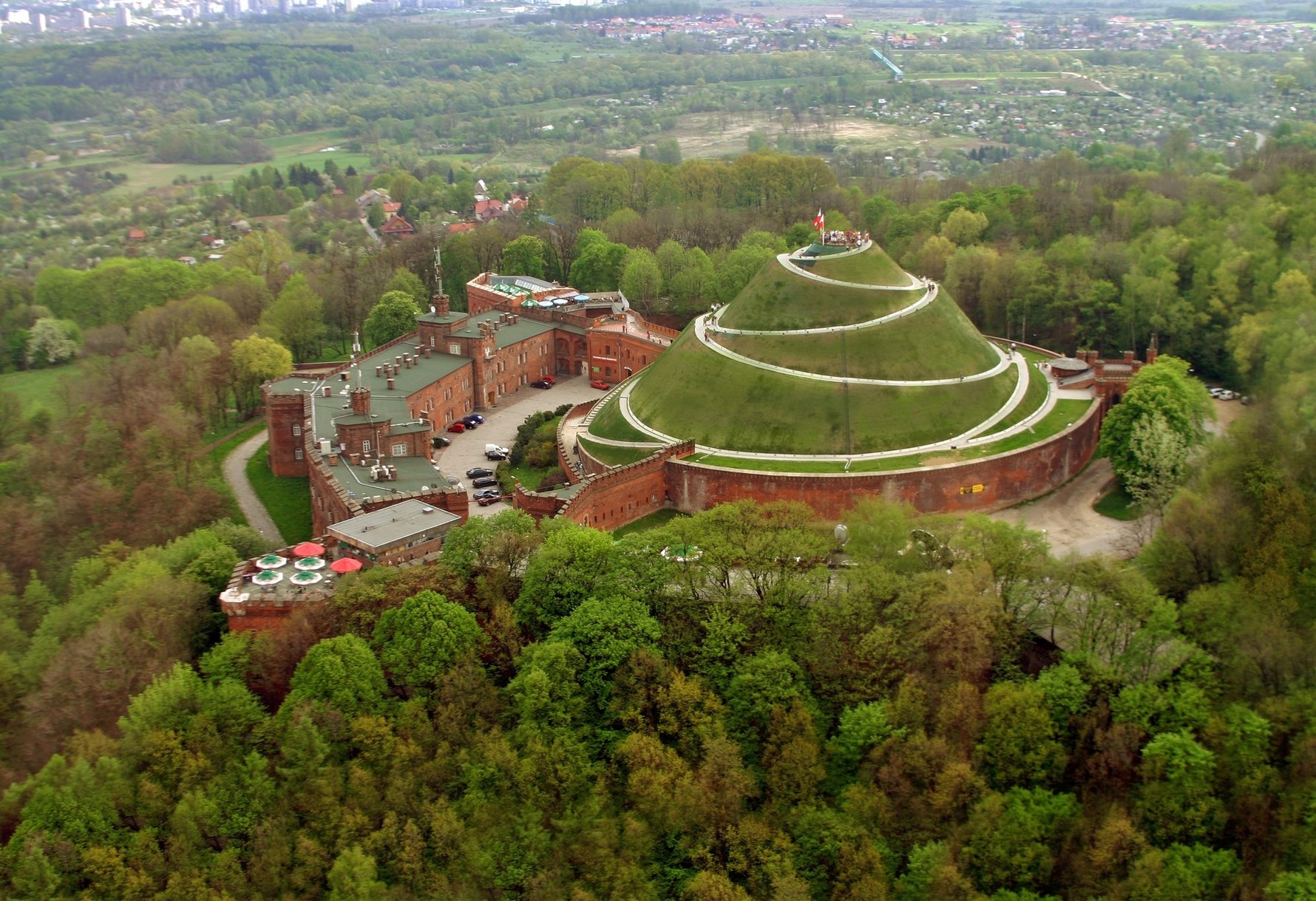

Comments